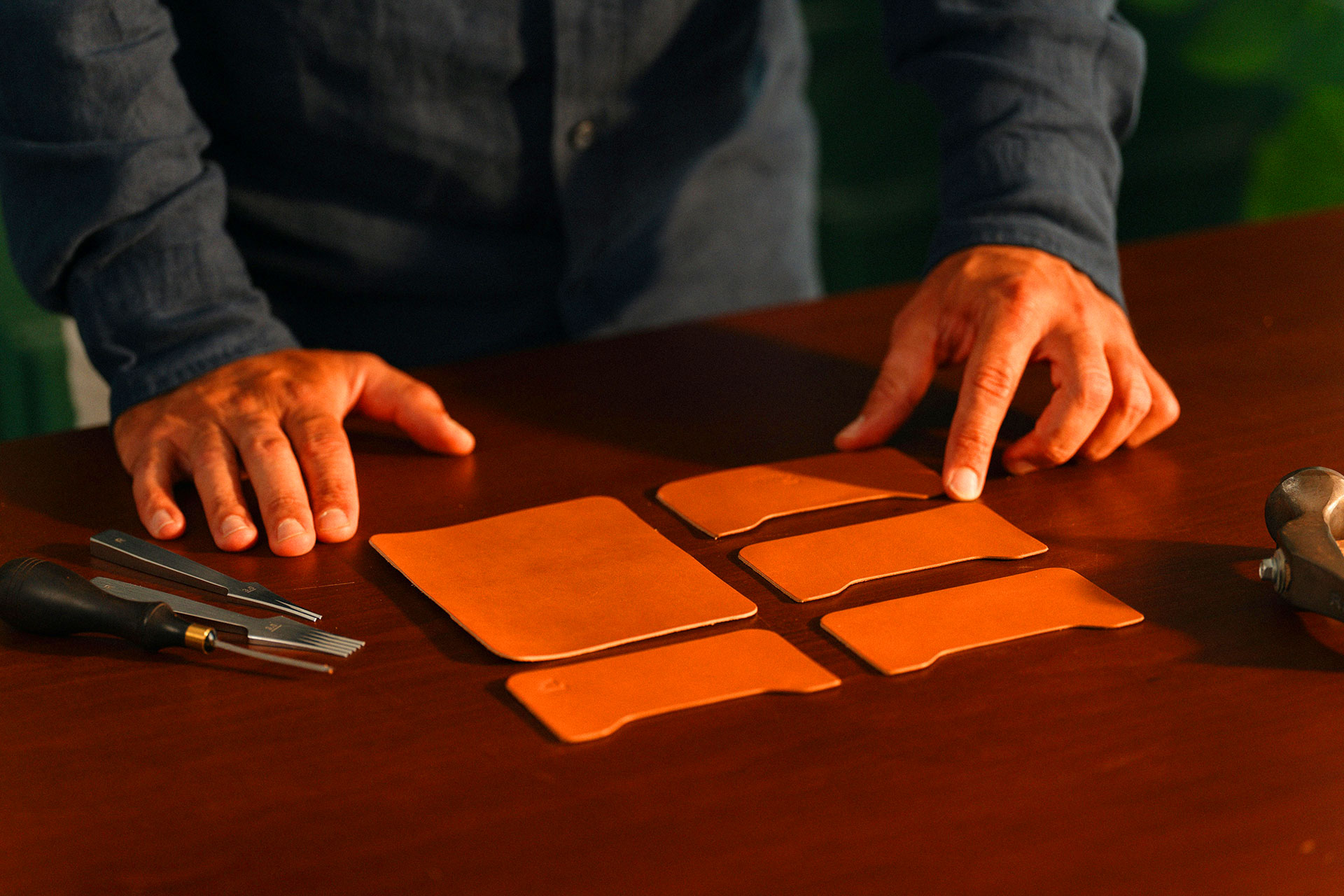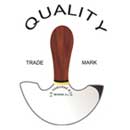
06 Sep Why You Can’t Fake Fine Leatherwork (Or the Tools Behind It)
Leather has a way of revealing the truth. Every cut, every stitch, every polished edge either speaks of skill or exposes shortcuts. Unlike materials that can hide flaws beneath paint or filler, leather tells the story as it is. You can’t fake fine leatherwork because the material itself refuses to be fooled.
The Honesty Of The Craft
A piece of leatherwork carries its history. Look closely at a belt, a bag, or a chair, and you’ll see whether the cuts were straight, whether the stitching was steady, and whether the edges were burnished with patience. Precision isn’t an option; it’s the craft.
When the work is rushed, the leather shows it. When it’s done well, it becomes timeless.
Tools That Shape The Outcome
Behind every clean line and smooth finish are tools chosen with care. A sharp knife makes a cut that doesn’t fray. A groover creates a line that guides stitches like a drawn map. The awl pierces with just enough force to open a path without tearing.
Each tool has a role, and together they form the invisible foundation of the craft.
Why Shortcuts Fail
Cheap tools leave their mark in all the wrong ways. Dull edges drag fibers apart instead of slicing them clean. Inconsistent punches create uneven holes that betray the stitch. Burnishers made of poor material leave edges rough instead of glassy smooth.
Leather doesn’t forgive these mistakes. Every shortcut becomes visible to the eye, or worse, to the hand that feels the work.
The Rhythm Of Real Work
Fine leatherwork doesn’t happen in a rush. It moves at the pace of the tools and the material. The craftsman sharpens, measures, presses, and stitches in a rhythm that feels almost musical. Each action flows into the next, building toward a finish that looks effortless but was anything but.
Some of the most telling signs of authentic craftsmanship include:
- Stitches that line up like notes on a staff
- Edges that feel smooth to the touch, not coarse
- Cuts that look intentional, never jagged
- Hardware seated evenly, without strain or gaps
These details don’t shout. They whisper. And anyone who runs a hand across the work can hear it.
The Bond Between Maker and Tool
A good craftsman learns the language of their tools. The weight of the knife, the resistance of the punch, the sound of a mallet striking just right, these small cues guide the process. Over time, tools shape the hand as much as the hand shapes the leather. This partnership is what separates fine work from imitation.
Conclusion
Leatherwork leaves no place to hide. It exposes haste, rewards patience, and honors the maker who chooses their tools wisely. You can’t fake fine leatherwork, because the proof lives in every line, every stitch, and every edge.
And the tools, quietly and consistently, are the ones that make that honesty possible.


